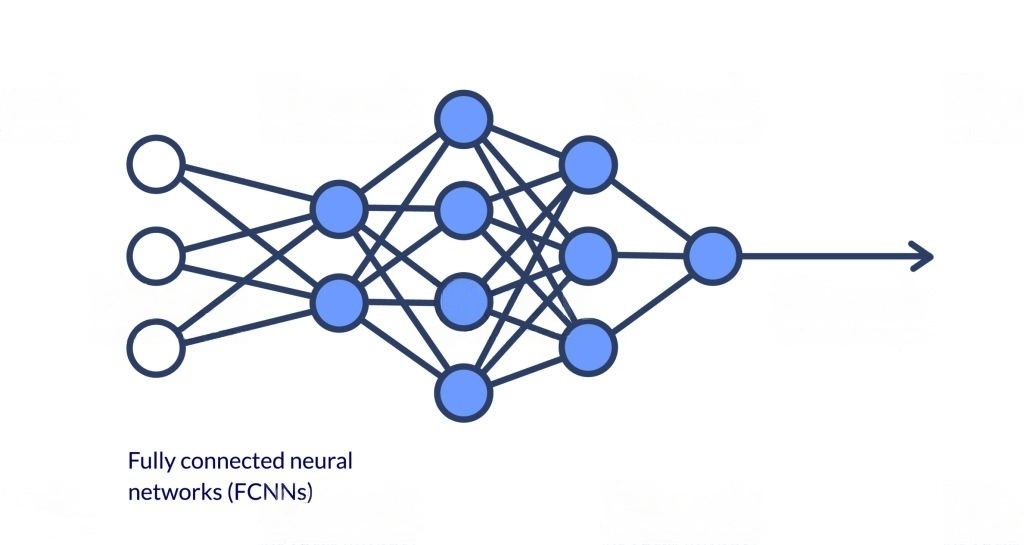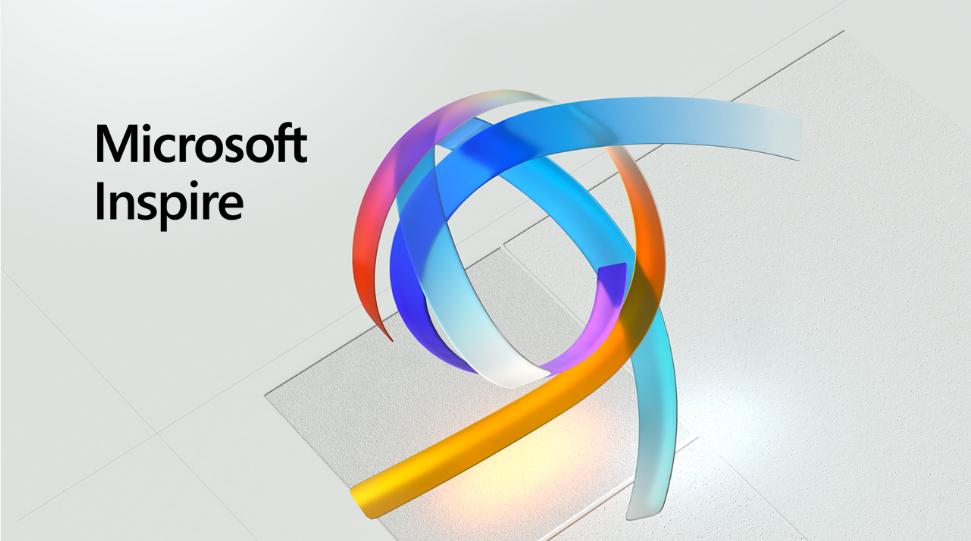If you’re a beginner trying to learn about Deep Learning, it can feel like you’re attempting to take a sip from a torrential downpour of information.
You’re hit with too much complicated info too quickly, and most of it ends up seeping out of your mind. If you’re tired of all that, then would love this blog series we have created for you!
My goal is to simplify everything so that you know just enough to make sense out of all those technical details.
If you’ve ever tried to investigate Deep Learning in the past, you probably immediately came across terms like
- Deep Belief Nets
- Convolutional Nets
- Backpropagation
- non-linearity
- Image recognition, and so on
Or maybe you came across the big Deep Learning researchers like Andrew Ng, Geoff Hinton, Yann LeCun, Yoshua Bengio, Andrej Karpathy.
If you follow tech news you may have even heard about Deep Learning in big companies
- Google buying DeepMind for 400 million dollars,
- Apple and its self-driving Car
- nVidia and its GPUs
- and Toyota’s billion dollar AI research investment
But there’s one thing that’s always hard to find, an explanation of what Deep Learning really is in simple language that anyone can understand this topic, which are usually either too mathematical have too much code, or are so confusingly high level and out of reach that they might as well be 100,000 feet up in the air
Here, I’m going to explain Deep Learning to you without scaring you away with all that math and code. It’s not that the technical side of Deep Learning is bad.
After all, if you want to go far in this field, you’ll need to learn about it at some point. But if you are like me, you probably just want to skip to the point where Deep Learning is no longer scary and everything just makes sense.
I know it sounds intimidating since there’s so much information, but that’s why I’m here to help!
Also, I want to get you to the point where you know how to take advantage of all the great Deep Learning software and libraries that are available. If you’ve ever struggled with finding clear information on Deep Learning, please comment and let me know your thoughts!
Here is how we’ll proceed:
- We’ll start with some basic concepts about Deep learning.
- We’ll touch on the different kinds of models and some ideas for choosing between them.
- And don’t worry – like I promised, we’ll skip the math and go straight to the intuition.
- Later, you’ll learn about some different use cases for Deep Learning.
- Then after that, we’ll get to the practical stuff -first you’ll see some platforms that allow you to build your own deep nets, and then you’ll learn about software libraries you can use for your own personal apps.
So, let’s get started!
Table of Contents
What is Deep Learning??
Deep learning is a subset of machine learning that is based on artificial neural networks. It involves training a neural network to recognize patterns in data.
These neural networks are designed to simulate the functioning of the human brain, with layers of interconnected nodes that can process and analyze large amounts of data. The term “Deep” refers to the number of layers in these neural networks, which can be many
What is Artificial Neural Networks?
An artificial neural network is a computational model that is based on the structure and function of biological neural networks in the human brain.
It consists of layers of interconnected nodes, or neurons, that can process and analyze data. Each neuron receives input from other neurons in the previous layer, processes this input, and sends output to neurons in the next layer.
The output of the final layer of neurons represents the output of the entire neural network.
In a deep neural network, there are multiple layers of neurons, each building on the output of the previous layer to extract increasingly complex features from the input data.

The input data is fed into the network, and the weights of the connections between the neurons are adjusted based on the difference between the actual output and the desired output. This process is repeated many times until the neural network can accurately recognize patterns in the data.
How Deep Learning Works?
The way deep learning works is by using something called a neural network
- Think of a neural network as a big, complicated math equation that takes in some information and tries to make sense of it.
- The neural network is made up of lots of little parts called neurons, which are like tiny computer brains that work together to figure things out.
- When you want to teach a neural network to do something, you first have to give it some examples of what you want it to learn.
- For example, if you want to teach a neural network to recognize pictures of cats, you would give it lots of pictures of cats to look at and learn from.
- The neural network then tries to find patterns in the pictures that can help it recognize a cat.
- For example, it might notice that cats have pointy ears and whiskers, so it looks for those things in the pictures to help it identify a cat.
- Once the neural network has learned what a cat looks like, you can give it a new picture and it will try to figure out if it’s a cat or not. It does this by using the patterns it learned from the examples you gave it. If it thinks the new picture is a cat, it will give you that answer.
- The more examples you give the neural network, the better it gets at recognizing cats (or whatever you’re trying to teach it). This is called “training” the neural network, and it’s like teaching a child by showing them lots of examples and helping them learn from them.
Deep Learning Effective Business Use Cases is used for lots of things, like recognizing faces in pictures, translating languages, and even driving cars! It’s a really powerful technology that’s changing the way we use computers.
Real World Applications of Deep Learning
- Deep learning is used in self-driving cars to help them make decisions on their own.
- It is used in facial recognition software to identify people’s faces in pictures and videos.
- Deep learning is used in speech recognition software, like Siri or Alexa, to understand and respond to our voice commands.
- It is used in medical imaging to help doctors diagnose and treat diseases, like cancer, by analyzing images of the body.
- Deep learning is used in recommendation systems, like Netflix or Spotify, to suggest movies or songs based on our previous choices.
- It is used in fraud detection to help banks and credit card companies detect and prevent fraudulent activity.
- Deep learning is used in language translation software, like Google Translate, to translate text from one language to another.
- It is used in weather forecasting to help predict and prepare for extreme weather conditions.
- Deep learning is used in robotics to help robots learn and adapt to their environment, making them more efficient and effective
These are just a few examples of how deep learning is being used in the real world to make our lives easier and better.
Future of Deep Learning
In the future, deep learning is expected to play a bigger role in industries like healthcare, finance, and education. Deep learning is expected to continue to improve the accuracy and speed of tasks like image and speech recognition.
As deep learning algorithms become more advanced, they will be able to learn and make decisions in more complex and unpredictable situations, making them more useful in real-world scenarios.
- Deep learning will also help us better understand the human brain and how it works, which could lead to breakthroughs in neuroscience and medicine.
- Deep learning could be used to help solve some of the world’s biggest problems, like climate change and poverty.
- The rise of deep learning will also create many new job opportunities in fields like data science and artificial intelligence.
Finally, the future of deep learning will depend on continued investment in research and development, as well as ethical considerations around the use of this powerful technology
Summary
Deep learning is a type of computer technology that tries to teach computers to learn and make decisions on their own, just like humans. It works by using artificial neural networks that are inspired by the structure and function of the human brain.
Deep learning has many real-world applications, including self-driving cars, facial recognition software, and speech recognition software. It is also used in fields like healthcare, finance, and education, and is expected to continue to improve in accuracy and speed. In the future, deep learning could be used to help solve some of the world’s biggest problems, like climate change and poverty.
Thank you for reading our blog, we hope you found the information provided helpful and informative. We invite you to follow and share this blog with your colleagues and friends if you found it useful.
Share your thoughts and ideas in the comments below. To get in touch with us, please send an email to dataspaceconsulting@gmail.com or contactus@dataspacein.com.
You can also visit our website – DataspaceAI


